Active Chilled Beams (ACBs) offer cost, efficiency, and numerous other benefits when properly applied in commercial hydronic HVAC systems. ACBs are designed to address the sensible cooling load in a space. That is, they are NOT designed to dehumidify, meaning the water temperature supplied to the ACB coil must be a degree or more higher than the room dew point to avoid condensation on the coil.
For the purposes of this discussion, let’s pick 58°F as the desired entering water temperature to the ACBs. A typical chiller discharge temperature is 42°F. Here are four ways to deliver medium water to the ACB’s from your low temperature chilled water supply:
Zone Mixing Valves
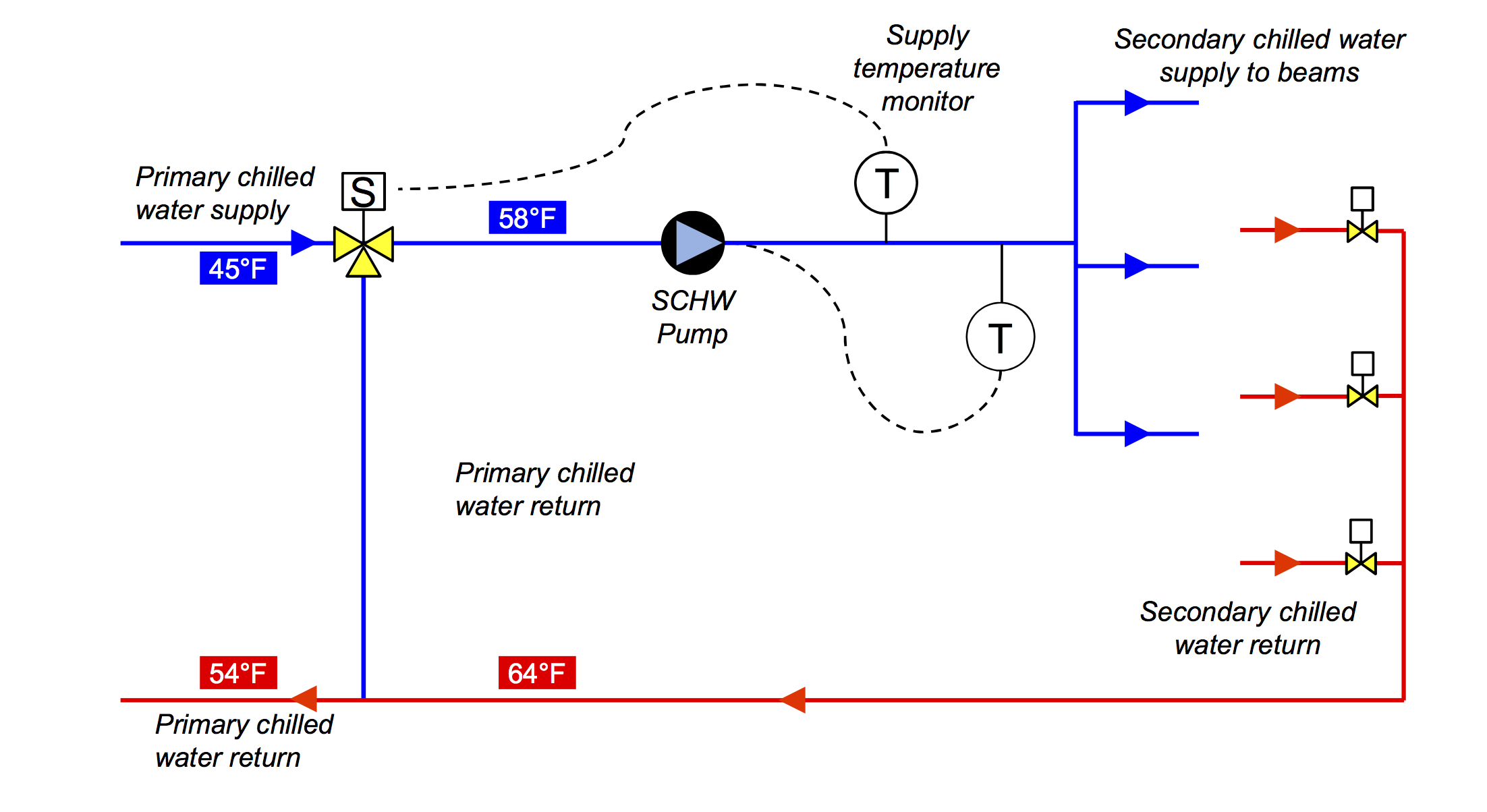
Medium Temperature Loop Heat Exchanger
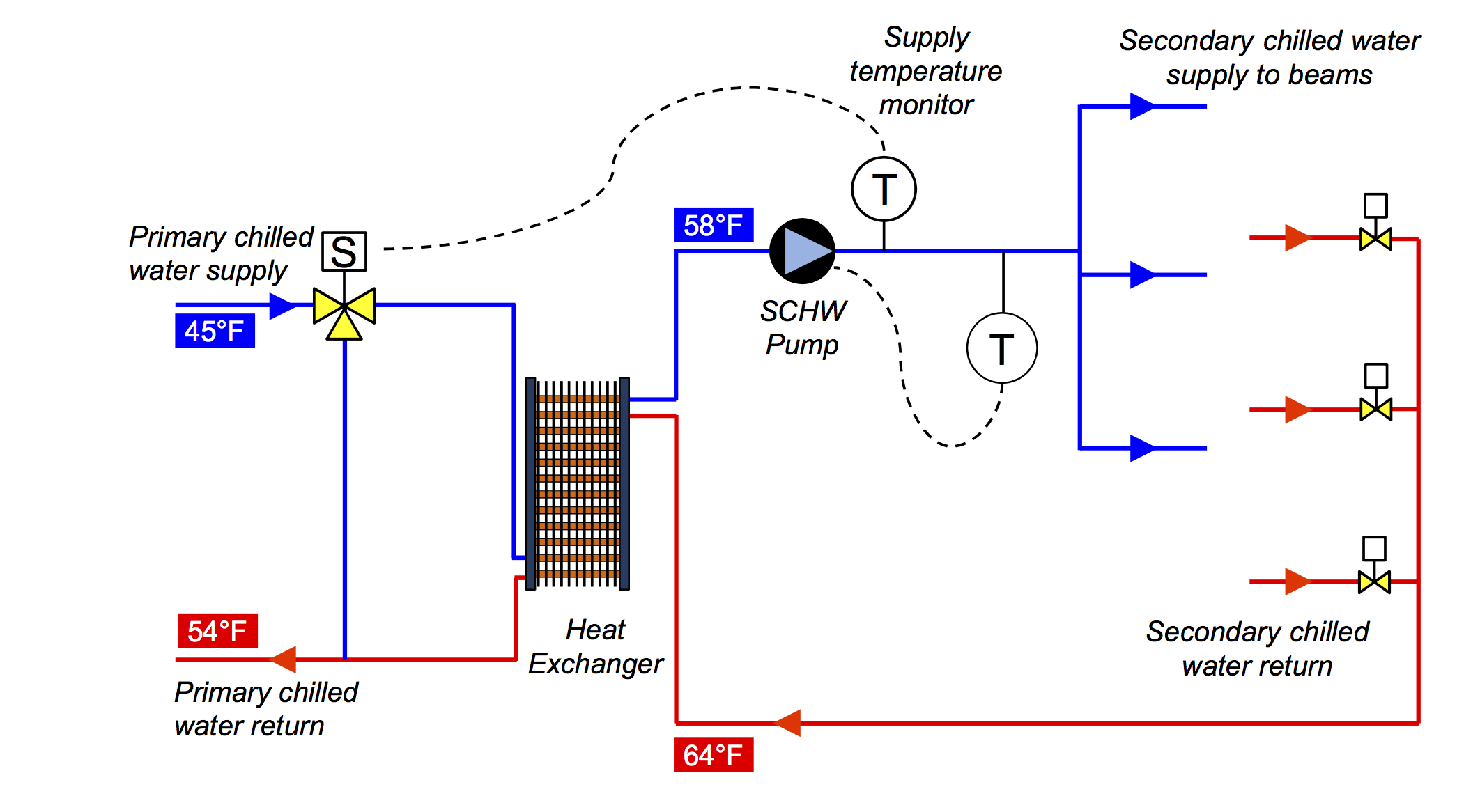 Dedicated Chiller System
Dedicated Chiller System
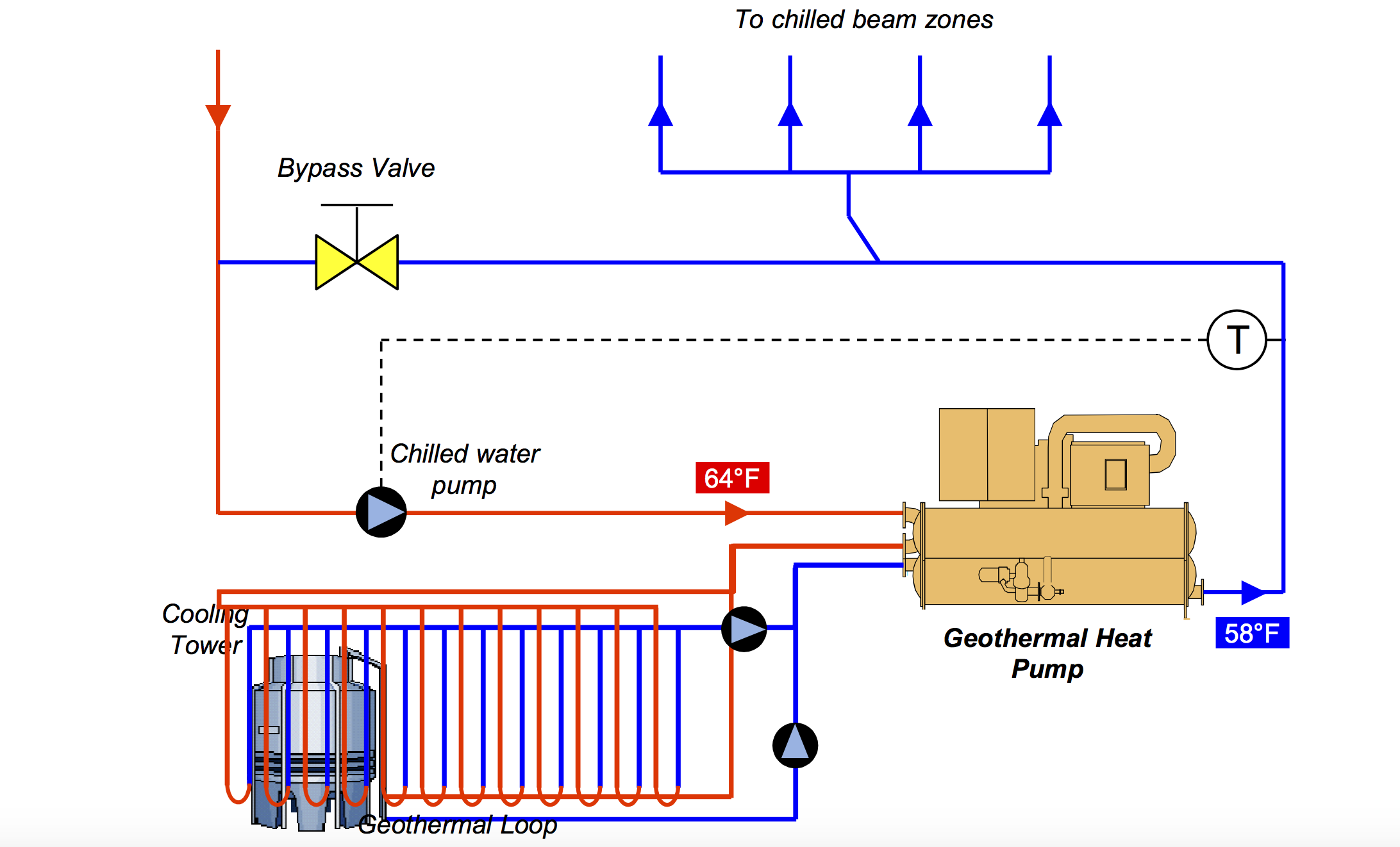
TACO LoadMatch Simple Piping System with Lo-Flo Pumping Block
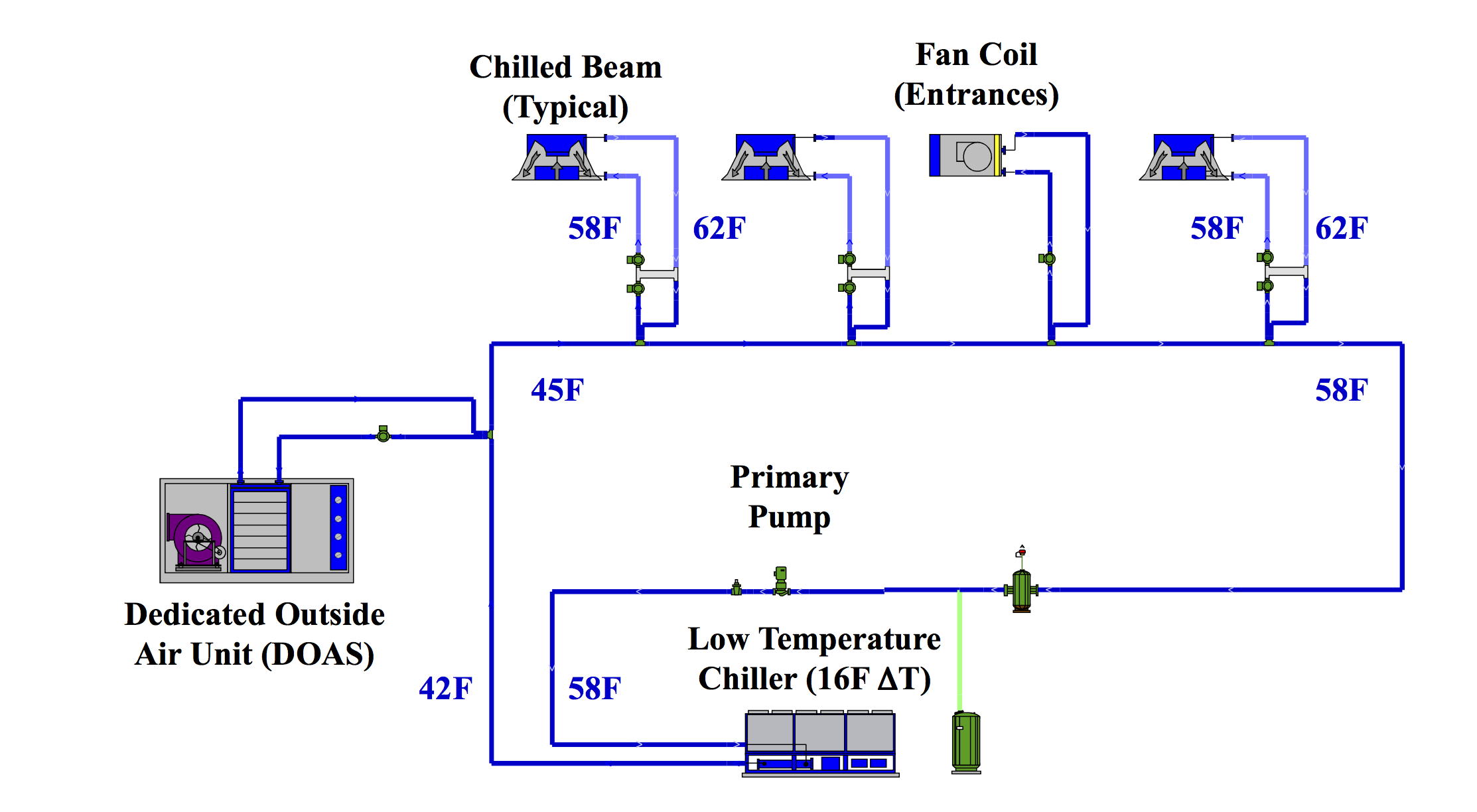
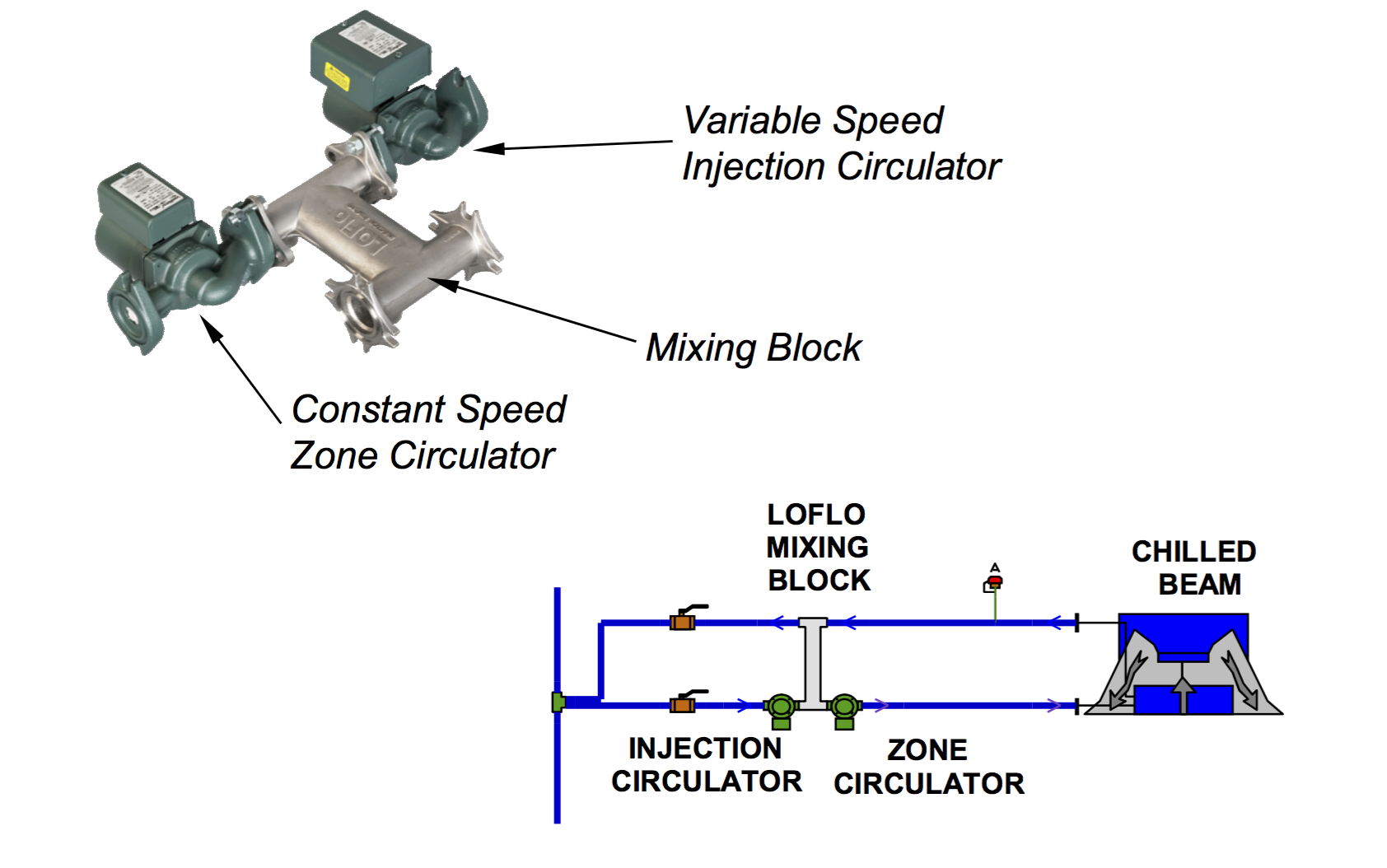
Each of the above methods has its advantages, and, of course, there are other possibilities as well. For help deciding the best piping approach for your next Chilled Beam project, consult with your local manufacturer's rep.
Blog diagrams courtesy Nick Searles, Dadanco



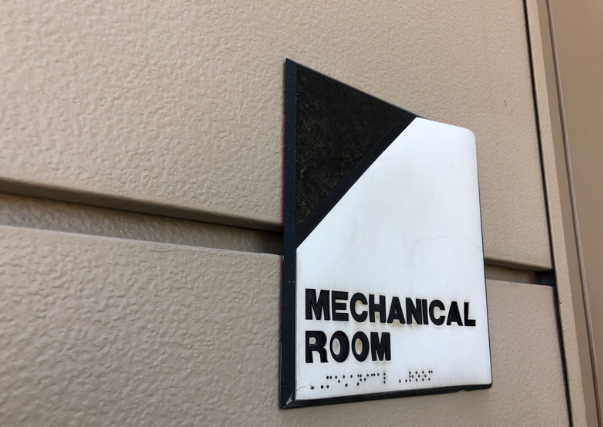
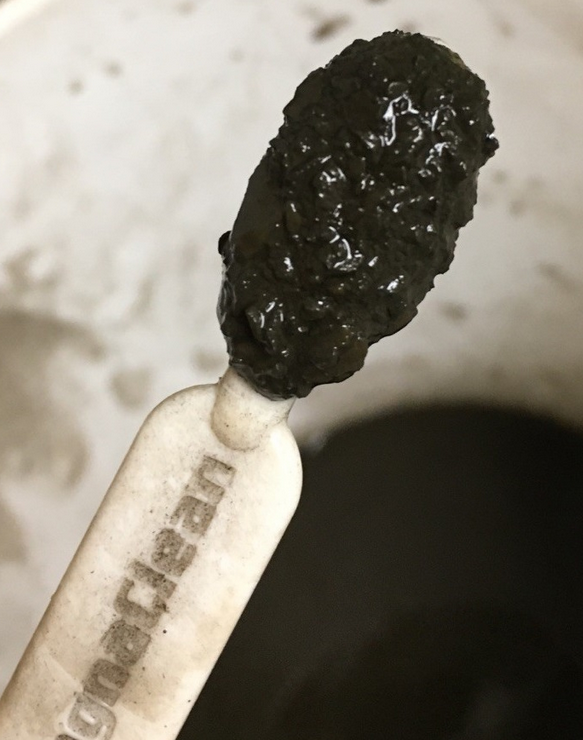



Submit a Comment